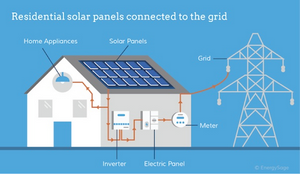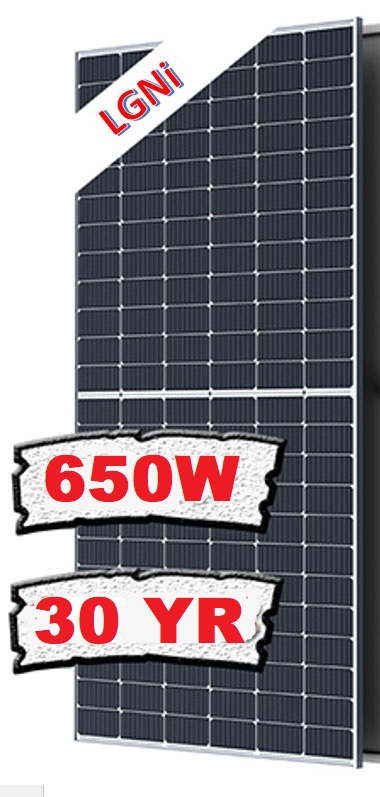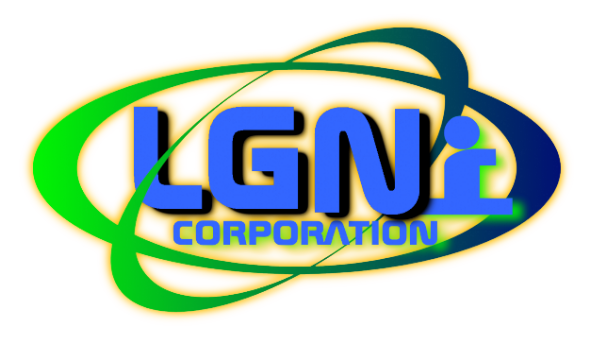SMART HOME

SMART HOME
(ENGINEERING CONSULTANT & CONTRACTOR)
How do I choose my solar panels? Guide to choosing your solar equipment?
There are two main components to a grid-connected solar energy system: the solar panels themselves, which create electricity from sunlight, and the inverter, which converts the electricity into a form you can use in your home. Some also include a monitoring system, which allows you to see how much power you’re creating and using. And while solar batteries haven’t yet hit the mainstream, the announcement of Tesla’s Powerwall battery and other technologies are making it possible for homeowners to consider incorporating a battery into their system.

How to choose your solar panels in 3 steps
- Determine solar panel efficiency and compare to industry average of 16-18%
- Check solar panel manufacturer warranties against industry average of 10-25 years
- Compare cost to relative efficiency – efficiency is important, but the most efficient panels aren’t always the best value
The cost of solar is dropping across the nation. See prices in your area and get free solar quotes on the EnergySage Marketplace.
What criteria should I use when selecting a solar panel?
You can evaluate solar panels on a few main parameters: production, durability and manufacturer quality.
The amount of electricity a given solar panel can produce will produce is dependent on several factors, including the power rating, power tolerance, efficiency and temperature coefficient. Taken together, these factors will tell you how much power your panel will be able to produce. You’ll also want to look at indicators of panel manufacturer quality. Start with the warrantees and assurances that the manufacturer offers on their equipment. Like all things, solar panels degrade and become less efficient over time. Many manufacturers will guarantee that the power production of their panels doesn’t fall below a certain threshold over twenty-five years. In addition, many panel manufacturers have a materials warranty in case the panels simply fail. Most solar panels are very durable, but if you live in an area that has heavy snow or high wind, you should also be sure that the panels you install are designed to withstand the conditions in your area. Look for panels that meet the IEC 61215, a reliability standard established by the International Electrotechnical Commission (IEC). IEC 61215 uses an accelerated outdoor stress test for panels to ensure their durability. While some homeowners may choose to invest in the highest quality, most efficient “premium” panels, remember that those will come with a higher price tag. Going solar is a lot like buying a car: not everyone needs a Porsche! Conversely, if you want to save by buying cheap solar panels, your system may produce less electricity over its lifetime, reducing your overall savings. Only you know what is best for your home.

Which inverter should I choose?
It’s the job of the inverter in your solar energy system to convert the solar energy into something you can use. Solar panels take solar energy and make it into direct current (DC) power. The inverter’s job is to convert that DC power into the alternating current (AC) electricity that can be used in your home.
There are two general types of inverters: string inverters and module-level power electronics (MLPEs). Both microinverters and power optimizers are both MLPEs.
String inverters are the lowest-cost option for a solar energy system. If your system has optimal conditions for production, they are usually a good choice for your home. When your solar panel system has a string inverter, all of your panels feed all of the DC power they produce to a single inverter. The inverter then changes the DC energy to AC power, at which point your solar energy is ready to use.
MLPEs are generally more expensive, but they can also be more efficient. MLPEs are a good choice if your solar energy system may be slightly shaded or can’t be installed at the best angle. When you use microinverters, each panel has its own inverter to transform the power it creates and feed it to your house. Power optimizers, like microinverters, are also installed on every panel, but power optimizers are paired with a string inverter. The power optimizer “conditions” the energy, making it easier to convert from DC to AC, at which point it is sent to the main inverter.
Picking a solar energy provider: how do I choose the right installer?
Your installer is one of the most important factors of your solar installation! When you choose a solar installer, you should review their certifications, licenses, track record and reputation in the market. You should also be aware that a recent report by the U.S. National Renewable Energy Laboratory revealed that large national solar companies charge more than their small counterparts for the same or lesser quality equipment. The recommendation from NREL’s report: shop around and consider local companies.
A great installer, like those on the EnergySage Solar Marketplace, will also use subcontractors sparingly and warranty their workmanship. Most importantly, a good installer will be an effective partner ready to help you go solar. All of the installers you meet on EnergySage have been pre-vetted and meet our standards for all these variables. Whichever installer you use, don’t be afraid to ask questions throughout the installation process.
PLEASE ENJOY WATCHING THE SMART HOME SECURITY SYSTEM
